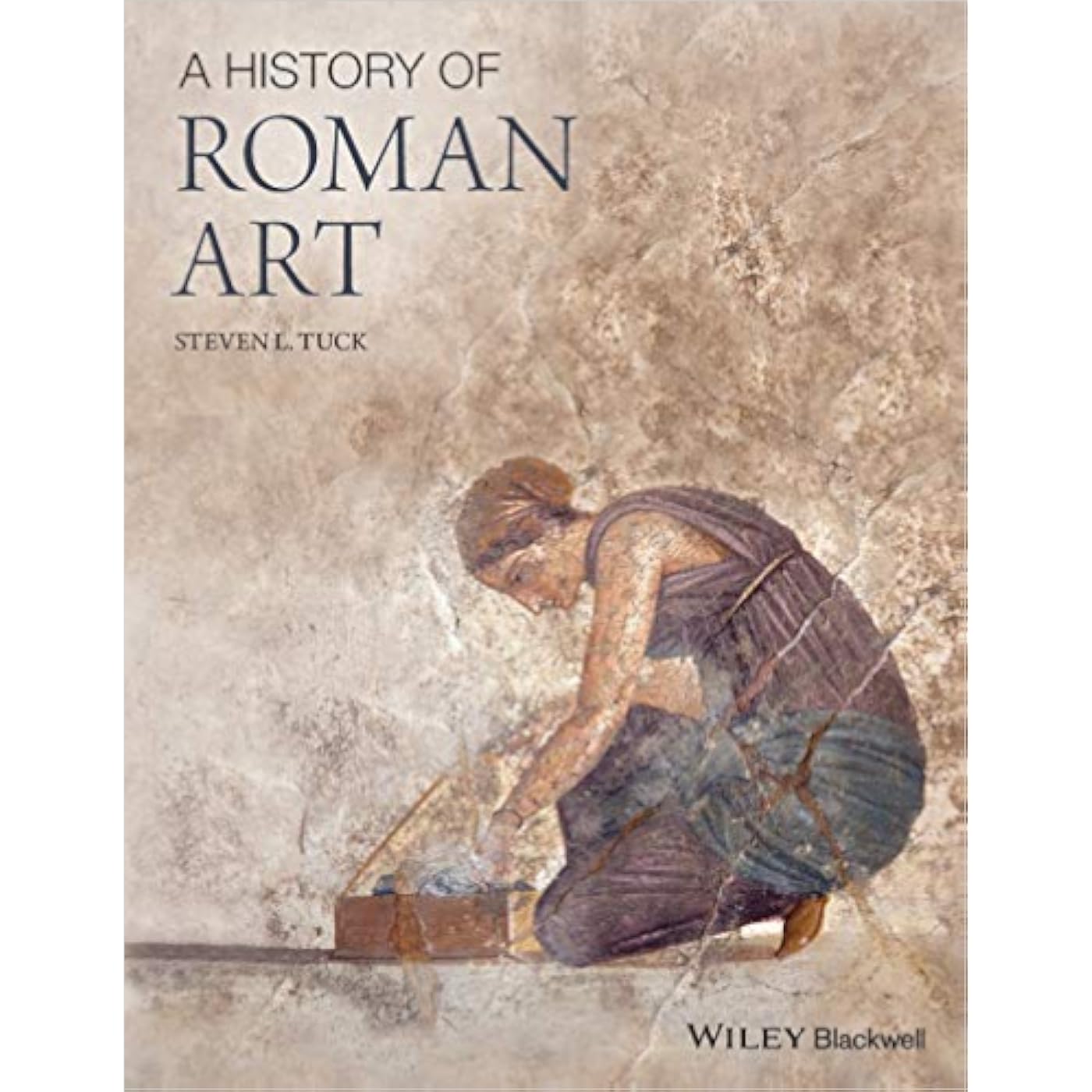

Ready to go? Add this product to your cart and select a plan during checkout. Payment plans are offered through our trusted finance partners Klarna, PayTomorrow, Affirm, Afterpay, Apple Pay, and PayPal. No-credit-needed leasing options through Acima may also be available at checkout.
Learn more about financing & leasing here.
This item is eligible for return within 30 days of receipt
To qualify for a full refund, items must be returned in their original, unused condition. If an item is returned in a used, damaged, or materially different state, you may be granted a partial refund.
To initiate a return, please visit our Returns Center.
View our full returns policy here.
Description
A History of Roman Art provides a wide-ranging survey of the subject from the founding of Rome to the rule of Rome's first Christian emperor, Constantine. Incorporating the most up-to-date information available on the topic, this new textbook explores the creation, use, and meaning of art in the Roman world.Extensively illustrated with 375 color photographs and line drawingsBroadly defines Roman art to include the various cultures that contributed to the Roman systemFocuses throughout on the overarching themes of Rome's cultural inclusiveness and art's important role in promoting Roman valuesDiscusses a wide range of Roman painting, mosaic, sculpture, and decorative arts, as well as architecture and associated sculptures within the cultural contexts they were created and developedOffers helpful and instructive pedagogical features for students, such as timelines; key terms defined in margins; a glossary; sidebars with key lessons and explanatory material on artistic technique, stories, and ancient authors; textboxes on art and literature, art from the provinces, and important scholarly perspectives; and primary sources in translationA book companion website is available at with the following resources: PowerPoint slides, glossary, and timelineSteven Tuck is the 2014 recipient of the American Archaeological Association's Excellence in Undergraduate Teaching Award. Read more
Publisher : Wiley-Blackwell; 1st edition (January 27, 2015)
Language : English
Paperback : 408 pages
ISBN-10 : 1444330268
ISBN-13 : 67
Item Weight : 2.4 pounds
Dimensions : 8.4 x 0.7 x 10.9 inches
Best Sellers Rank: #342,316 in Books (See Top 100 in Books) #250 in Ancient & Classical Literary Criticism (Books) #609 in Literature #1,283 in Art History (Books)
#250 in Ancient & Classical Literary Criticism (Books):
#609 in Literature: